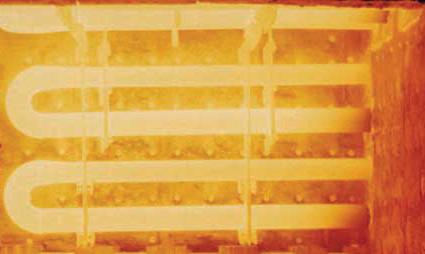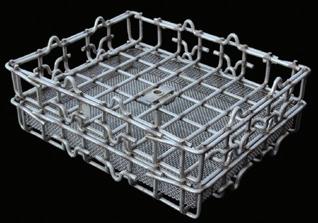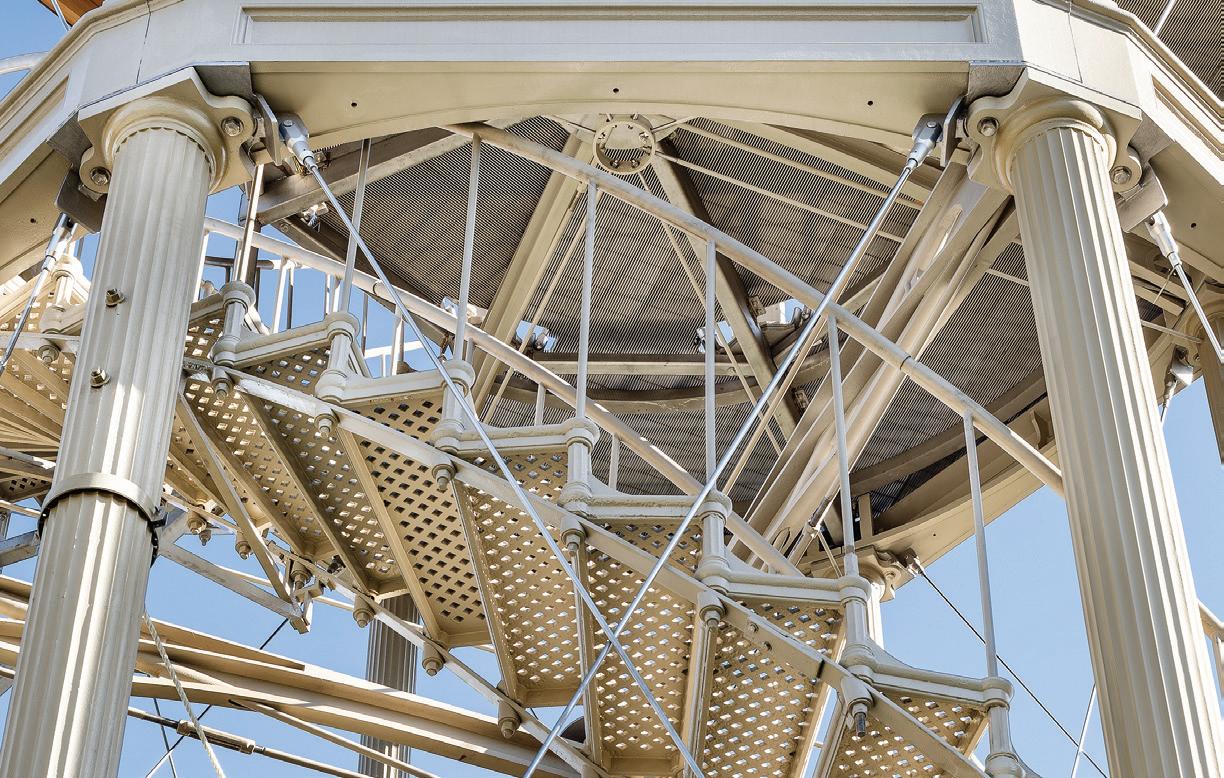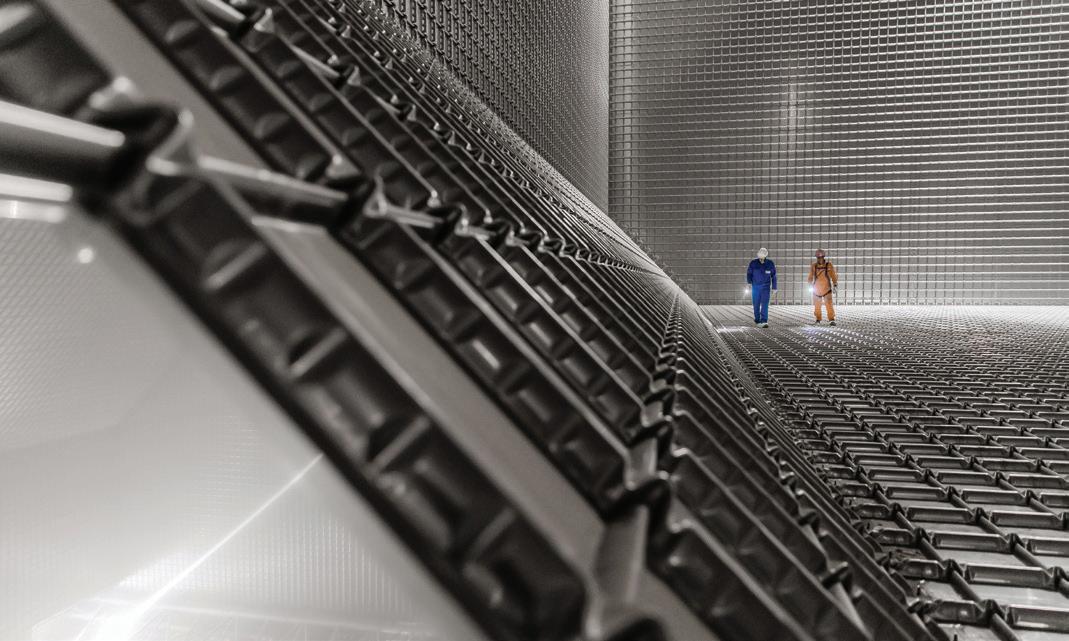
1 minute read
Extreme heat Nickel can take it
NICKEL TAKES THE EXTREME HEAT
Most chemical processes react faster, and power generation operates more efficiently when they run hotter. But will the materials stand up? In practice, the maximum temperature for many processes is limited by material suitability. Nickel can come to the rescue.
The four most important properties when selecting a material for a high temperature application are strength, stability over time, limited reaction with the environment and ease of fabricating the equipment. As temperature increases, metals become weaker. There are many steels stronger than the 300 series stainless steels at moderately elevated temperatures. At 540 °C stainless steels outperform most of them. And above 650 °C, the nickel-containing alloys excel. But above 540 °C, the creep strength or creep rupture strength become the most important properties. Nickel slows the rate of formation of those phases, with Ni-Cr-Fe alloys containing at least 33% nickel being immune.
At very high temperatures, the metal can react with its environment. In air, it will oxidise. Alloying with chromium and aluminium provides additional protection. In reducing environments with carbon monoxide for example, it is nickel and silicon that help reduce carburisation. In the most severe environments, when rapid carburising (called metal dusting) can occur, new alloys are being developed and tested, all of which are high in nickel.
At high temperature, metallurgical changes can occur with time. The most concerning is when the metal forms hard brittle phases, which can make the material as fragile as glass. Finally, equipment needs to be fabricated, which involves metal forming and welding, in which the nickel-containing stainless steels and nickel alloys excel. Reformer tubes are produced from cast nickel alloys, and are used for hundreds of thousands of hours at 800-1000°C in a carburising environment. They are used with steam and hydrocarbons to produce hydrogen.
Radiant tubes indirectly heat furnaces. Various nickel alloys are used, with temperatures as high 1150°C, even if the metal can tolerate 1200°C.

Heat treatment baskets hold parts while in heat treatment furnaces. The nickel-containing alloy selected will depend on whether the atmosphere is oxidising or reducing. They typically see rugged service.








